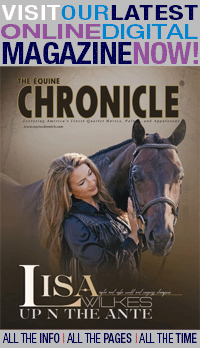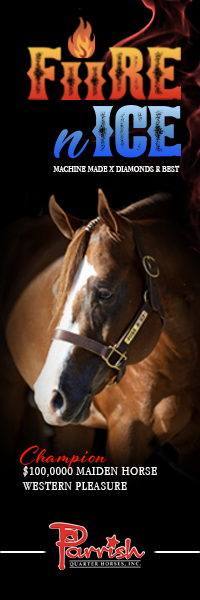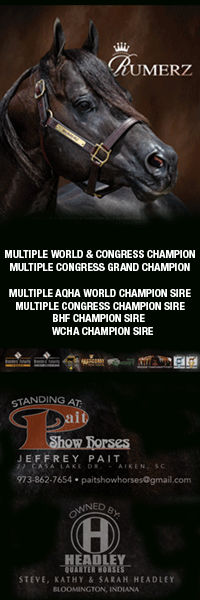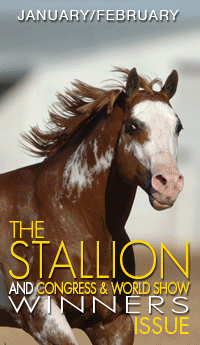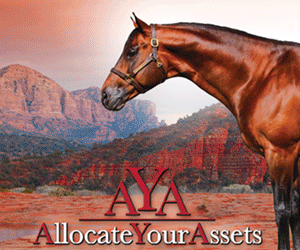Keeping It Straight – Hear From Top Trainers
Click here to read the complete article
212 – November/December, 2025
The pivot in a pattern–whether it is horsemanship, equitation, showmanship, or reining–is a simple yet complex maneuver. Each trainer, rider, and horse has their differing ways of completing this maneuver; however, the objective is always the same – keeping the horse’s body straight during the pivot or turn-around in a pattern. Many similar concepts are used across different disciplines and share similar training techniques. In the end, the result should always be the horse and rider being able to complete a pivot or a spin accurately while keeping the correct foot on the ground and maintaining a straight horse between your hands and your feet.
We heard from a few top trainers in the Quarter Horse industry as well as the NRHA about how they teach their horses to stay straight, and how they teach their clients to complete the maneuver accurately. Every trainer interviewed for this article had the same opinion about what makes a good turn-around in a pattern. Regardless of the event you compete in, the horse’s body should always be balanced and a good turn should always have a rhythmic cadence to it.
Trainer and NRHA judge Steve Ross comments that the “spin is one of the most complex maneuvers in the reining.” Ross reflects that teaching a horse how to spin starts at the basic fundamentals of riding. Teaching a horse how to maneuver off your reins while moving their feet in a forward direction. A trainer of multiple World and Congress champions, Dana Hokana expands on this topic by saying that horses must be balanced in this maneuver or it can very quickly become a bad turn simply because the horse is unbalanced.
In order to achieve a correct turn, Hokana reflects on biomechanics and states that “the hindquarters need to be strong, and the hind end needs to be engaging while stepping up underneath themselves. Their body weight is up off their front end, making their front end more supple and easier to get into a turn.” When the body of the horse is in the correct position, they are able to turn with the correct energy flow throughout their body.
Click here to read the complete article
212 – November/December, 2025
